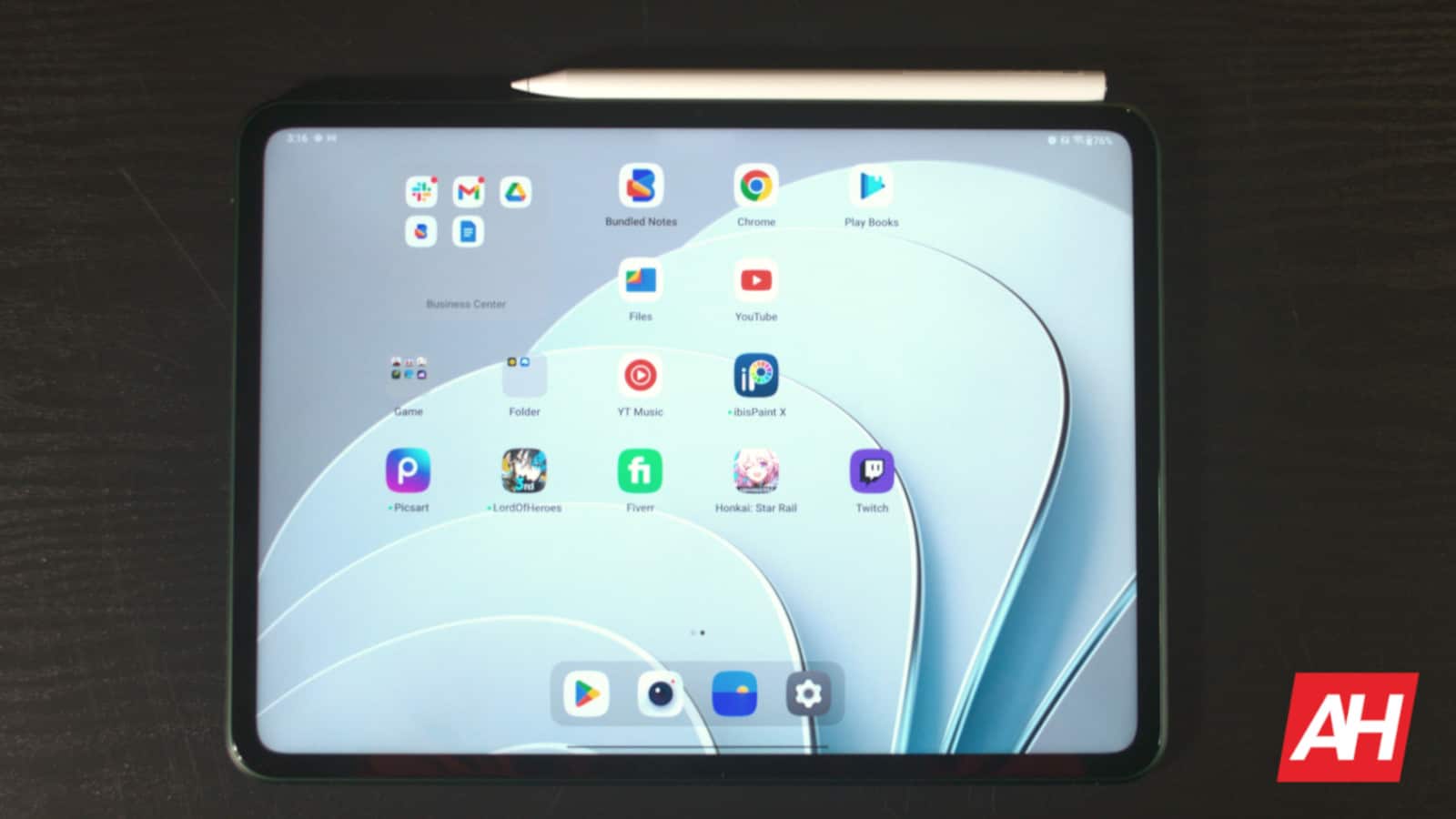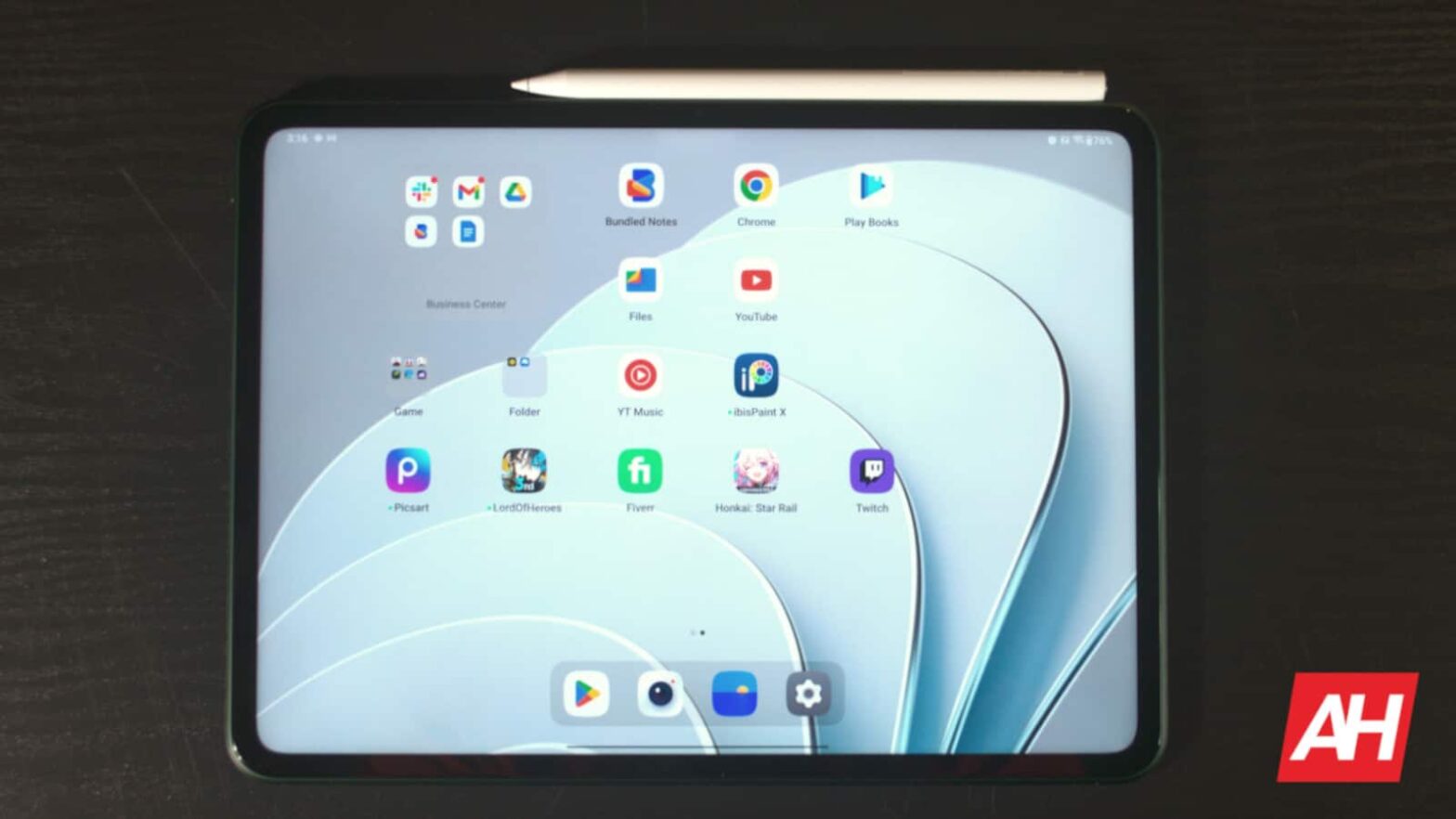OnePlus finally gave us its long-awaited tablet, and it really struck a chord with reviewers. There’s a lot to love about it, but there are some things that, unfortunately, hinder the experience. So, let’s talk about the bad. Here are the reasons you shouldn’t buy the OnePlus Pad.
Now, this isn’t a review (you can read that here), and it’s not to say that the tablet is generally bad. Actually, it’s a great tablet, and I have a list of the reasons why you should buy it here. These are just some of the things that might turn you away from this tablet if you have certain expectations.
Why you shouldn’t buy the OnePlus Pad
So, the OnePlus Pad is great, but it’s not perfect. All of the announcements and advertising copy for this tablet only show you the best aspects of it. Well, what are the bad parts of the experience?
The performance
So, this is one of the more important gripes that I have with this tablet. The OnePlus Pad uses the MediaTek Dimensity 9000 SoC. Now, people often associate the name MediaTek with bad performance, but the company’s Dimensity series of processors have some serious potential. However, the OnePlus Pad’s performance makes me doubt that.
Don’t get me wrong, the performance on the OnePlus Pad is far from terrible. It’s smooth for the most part. I’m able to glide through the software and perform my tasks with only mild stutters. But, the thing is that this performance is more akin to what you’d get from a mid-range device, not a tablet running a flagship processor.
It lags more than I’d like to see from a device that’s fresh out of the box. The issue might lie with OnePlus‘ optimization or with MediaTek. In any case, it’s not as much of an issue now, but if the tablet’s stuttering now, it will only get worse as time goes on.
The speakers
The speakers on this tablet were a big letdown. Of course, OnePlus made a big show about the quad speakers. They are powerful, yes. They get loud enough to fill a room with sound, yes. If you’re looking for speakers that emit sound, well, you’re covered.
But, the sound that the speakers emit is nothing to write home about. The thing about the speakers is that the sound they emit is so flat. It honestly sounds like I’m listening to a very loud $300 phone rather than a set of Dolby Atmos-tuned drivers.
Nothing really sticks out about the sound. It didn’t matter what I listened to, it all sounded flat. The high hats in early 90s rap, the crunchy bass in late 80s pop, the vocals in 70s rock, the warm encompassing sound of classical- nothing popped. There was just no immersion. The speakers in my cheaper Honor Pad 8 performed circles around these speakers.
It didn’t matter which Dolby Atmos preset I used either. The sound just didn’t live up to the hype that OnePlus established.
The storage options
One bummer is the fact that there’s only one storage option for this tablet. That’s 128GB. While that’s not bad, there are people who definitely need more storage. 128GB used to be immense, but apps are getting bigger. Genshin Impact grew from 8GB to 22GB in two years. DragonBall Z Dokkan Battle ballooned up to 10GB since it was created.
If you’re a person who will be downloading a lot of large games or storing a bunch of large files, then you’ll need to be careful with your storage.
This is especially true because the OnePlus Pad does not have expandable storage. I’m not saying that the tablet should come with 256GB at the $479 price. It’d just be nice to have the option for a 256GB variant.
What’s mediocre about this tablet?
Truth be told, the good in the OnePlus Pad far outweighs the bad. Consequently, the list of gripes is pretty short. So, here are the aspects of the tablet that aren’t bad per se. They aren’t horrible, so they aren’t major reasons why you shouldn’t buy the OnePlus Pad. They’re just minor gripes.
The Rear camera
I put the rear camera in this section because it’s not a major part of the user experience. Not many people use their tablets for their cameras, so this is more of a footnote.
The rear-facing camera on the OnePlus Pad is really bad. Even taking pictures in well-lit environments is a struggle. The images come out extremely soft and the contrast is terrible. The only thing I’d say is that the colors are pretty nice, but that’s like seeing a broken-down car with a nice paint job.
Still, I can’t fault the company for the camera performance. It just wasn’t the company’s priority. The OnePlus Pad is an affordable tablet, so the rear camera is where OnePlus needed to cut some corners.
The gaming (out of the box)
This one’s a little hairy because the gaming on this tablet is really good. The thing is that it requires an extra step to reach this tablet’s gaming potential, and it’s not obvious to the user. When you start a game, you’ll see the option to access the gaming hub. This is a little window that gives you options like screen recording, notification settings, and more.
There’s the option to utilize the processor’s full potential and maximize the gaming performance. However, that option’s not obvious to the user, so they’re most likely playing on the default settings.
Using the default settings, gaming performance is good for the most part. 2D games and most 3D games run smoothly without any hiccups. Games like DragonBall Legends and Asphalt 9 ran as smooth as silk.
Once you start to get into the more graphically intensive games like Genshin Impact, you’ll start to see the performance dip. Playing Genshin Impact with the out-of-the-box settings is a stuttery experience with jitters throughout. Honkai Star Rail ran better, but there were still performance issues.
Conclusion
So, to sum things up, the OnePlus Pad was a great first try with its flaws. This article wasn’t to discourage you from buying this tablet. Rather, it’s to help you in your search for your dream tablet. If you’ve been eyeing the OnePlus Pad, and performance, speakers, and camera performance are a priority for you, then you shouldn’t buy it. Otherwise, feel free to pick it up!
Pre-order your OnePlus Pad
The post Why you shouldn’t buy the OnePlus Pad appeared first on Android Headlines.

Source: ndroidheadlines.com
